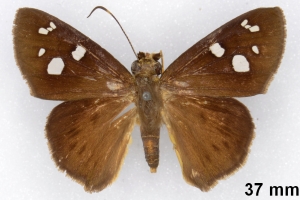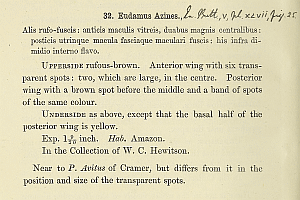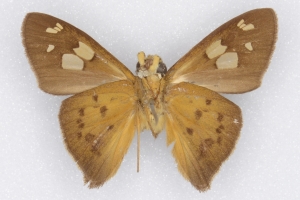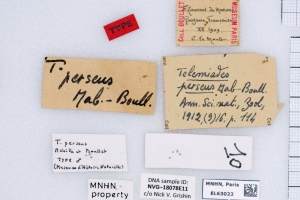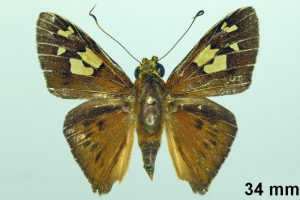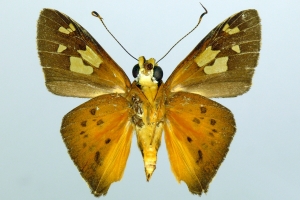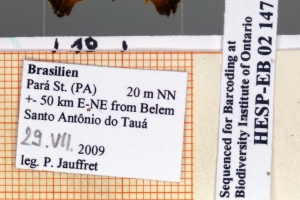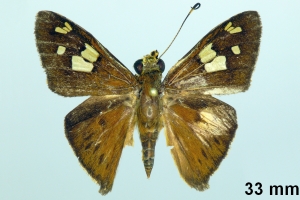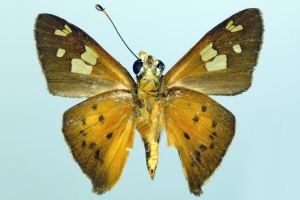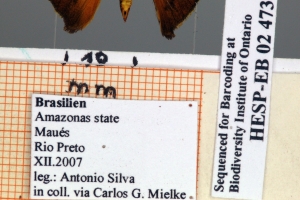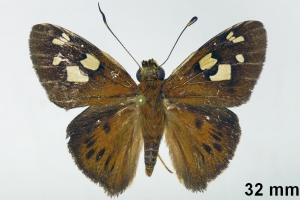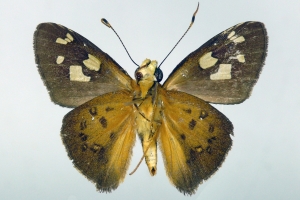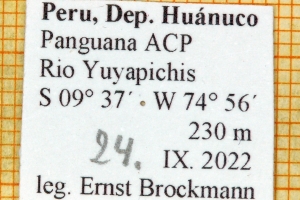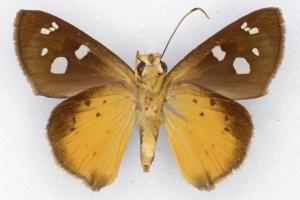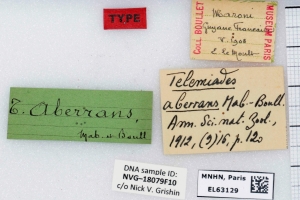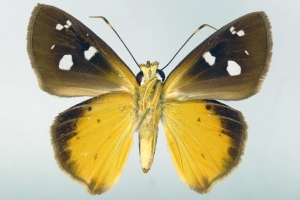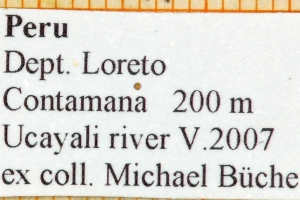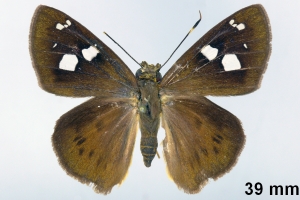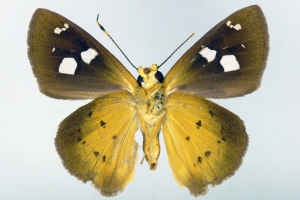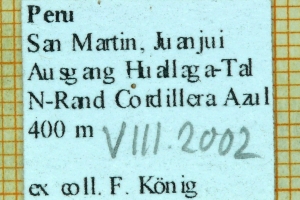Version 3 / 4 vom 12. Mai 2024 um 21:23:48 von Jürgen Rodeland
Länder:

 +6Kontinente:SA
+6Kontinente:SA


 +6Kontinente:SA
+6Kontinente:SAInhalt
2. Diagnose
2.1. Männchen
1-3: Syntypus ♂ von Telemiades perseus Mabille & Boullet, 1912, Daten siehe Etiketten (fot.: Nick V. Grishin, Fotos bearbeitet: Michel Kettner), coll. Muséum national d'histoire naturelle. Paris.
4-6: ♂, Daten siehe Etiketten (coll., det. & fot.: Ernst Brockmann, Fotos bearbeitet: Michel Kettner)
7-9: ♂, Daten siehe Etiketten (coll., det. & fot.: Ernst Brockmann, Fotos bearbeitet: Michel Kettner)
10-12: ♂, Daten siehe Etiketten (coll., det. & fot.: Ernst Brockmann, Fotos bearbeitet: Michel Kettner)
2.2. Weibchen
1-3: Holotypus ♀ von Telemiades aberrans Mabille & Boullet, 1912, Daten siehe Etiketten (fot.: Nick V. Grishin, Fotos bearbeitet: Michel Kettner), coll. Muséum national d'histoire naturelle. Paris.
4-6: ♀, Daten siehe Etiketten (coll., det. & fot.: Ernst Brockmann, Fotos bearbeitet: Michel Kettner)
7-9: ♀, Daten siehe Etiketten (coll., det. & fot.: Ernst Brockmann, Fotos bearbeitet: Michel Kettner)
2.3. Erstbeschreibung
3. Weitere Informationen
3.1. Andere Kombinationen
- Eudamus azines Hewitson, 1867 [Originalkombination]
- Oileides azines (Hewitson, 1867)
3.2. Synonyme
- Carystus hypoxanthos Mabille, 1877
- Telemiades perseus Mabille & Boullet, 1912
- Telemiades aberrans Mabille & Boullet, 1912
3.3. Faunistik
Nach [Butterflies of America] kommt die Art in Brasilien, Französisch-Guayana und Suriname vor.
Locus typicus: Brasilien.
(Autor: Michel Kettner)
3.4. Literatur
- Erstbeschreibung: Hewitson, W. C. (1867): Descriptions of one hundred new species of Hesperidae. Part I: i-ii, 1-25. London (John van Voorst).








